Of cutlery and saddle fit...
We are no longer building saddle trees, but we have two videos about how Western saddles fit horses available on our westernsaddlefit.com website.
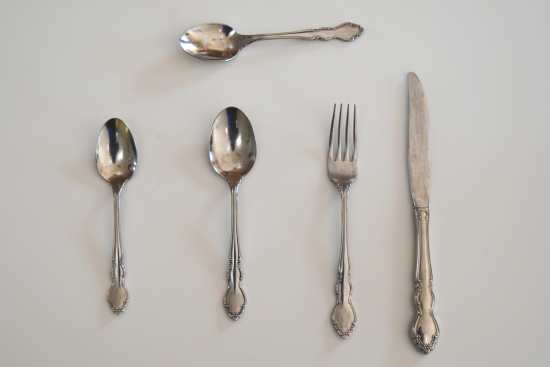
Trying to explain why one saddle fits and another doesn’t is often broken down into following a bunch of rules. But, as in life, following the rules often isn’t enough. (For the best example of the truth of this, read Matthew 5:21-28 in the Bible.) The harder thing is to understand the foundational underlying concept behind saddle fit, which is that we are dealing with shapes – matching the shape of the tree to the shape of the horse. And cutlery is a great analogy to help explain this idea.
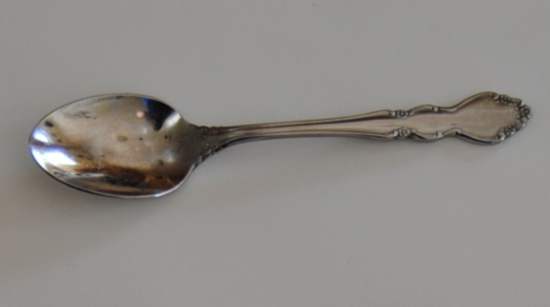
Pretend this teaspoon is a saddle tree. It is a three dimensional curved structure with a specific shape.
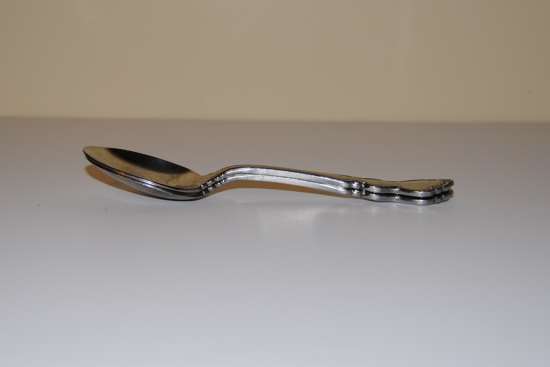
Now, pretend the bottom teaspoon is the horse’s back and the top one is the tree. The shapes match almost perfectly. If these spoons were sitting on a table, they probably wouldn’t separate even with very vigorous shaking of the table. If you picked them up and held the handles in your hand with the bowls out the top of your hand, how much pressure would you need to put on with your thumb to make the two move relative to each other? A fair amount, right?
This is like a good fitting tree on a horse. The shapes match so there is contact over most of the surface area of the spoons, and they stay in place. The pressure of an angled cinch is not going to change the position of this tree on the horse, nor is anything except the most extreme riding conditions, if that. Cowboys can drag calves to the fire all day and even rope bulls with good fitting saddles and not need a breast collar. The same goes for riding up and down hills. If the tree fits, the saddle stays put.
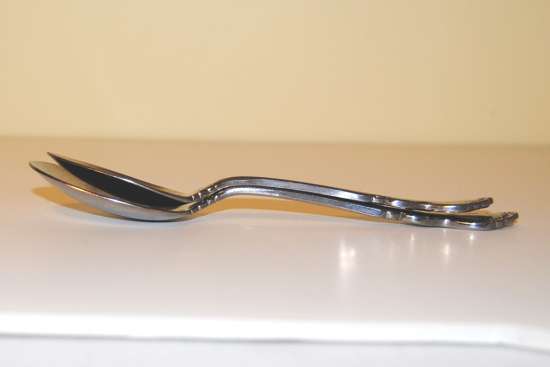
What about if you have a teaspoon on a tablespoon? There is going to be movement, but it is limited. The teaspoon moves around inside the tablespoon but it isn’t likely to go totally off the side because the basic shape is similar. Shaking the table they are on is unlikely to get these two apart. In fact, if you put the right thickness of dishcloth between the spoons, it would fill in the extra space and keep them together better.
This is like a saddle tree that isn’t a perfect match, but it isn’t horrible either because there is no Poking – no high pressure areas to cause problems. In this situation, wise use of padding can help a shape of tree that is close but not perfect work just fine on a horse. It will move around on the horse a bit more than a really good fitting tree will, but you won’t sore your horse with it.
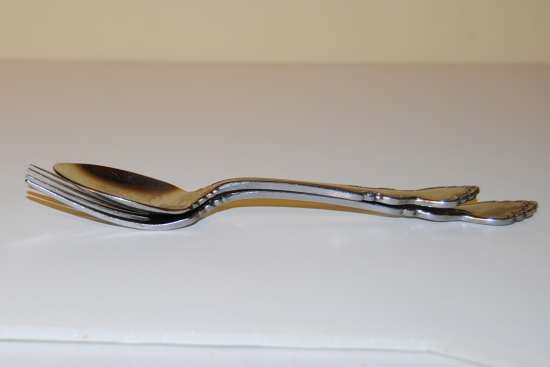
Now how about a spoon on a fork? Well, you still have a vague similarity in the shape from tip to handle, but the spoon can slip off the side of the fork really easily because those shapes are totally different. There is very little surface area contacting between the two so it doesn’t take much shaking of the table to make these two slide apart.
A saddle tree that doesn’t match the shape of a horse very well will move around on that horse – a lot. If you are always shifting your saddle back into place side to side as your ride, or stopping to reset your saddle, the shapes don’t match. It is just that simple. And depending on how or where that mismatch in shape is occurring, the chances for high pressure points is quite high.
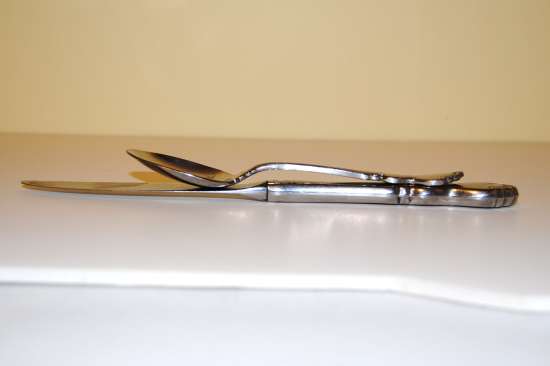
And a spoon on a knife? Well, that is where there is minimal contact area because the shapes are totally different that you have to be very careful to balance the one on the other to make it stay. Any slight movement of the table will make the spoon fall off, if it doesn’t do it on its own.
A mismatch in shape this severe between tree and horse means the saddle should not be used on this horse. In a case like this, there is so little of the tree actually touching the horse that the minimal forward pull (compared to the downward pull) of an angled cinch might actually cause the saddle to move on the horse. And there will be pressure points causing problems for the horses.
This idea of shape is critical when you think about the position of the tree and saddle on the horse. When you put the teaspoons in the drawer, so long as they are all upright, they will slide into place on their own and stay there. In the same way, a good fitting saddle will move into the proper place where it matches the shape of the horses back, usually within the first few strides, if it is allowed to do so. The exception to this would be if it is so badly misplaced so as to be like a spoon put in upside down. (If you stick the middle of the front bar pad over the top of the shoulder blades, there is no reason for the saddle to move back into the correct position.) So yes, positioning your saddle correctly from the start, with the front bar tips just behind the shoulder blades, is good. But if it fits, it will go to and stay in the right spot really quickly.
In the same way, if you position a good tree in the wrong place on a horse and hold it out of place with a breast collar or crupper, you have just turned it into the spoon on a knife scenario. The shapes don’t match where the saddle is positioned on the horse and you can sore your horse with a saddle that actually fits him really well, if only you would let it go where it is built to sit.
All analogies break down somewhere, but this one has served us well in explaining the concept of fitting shapes fairly well thus far.
